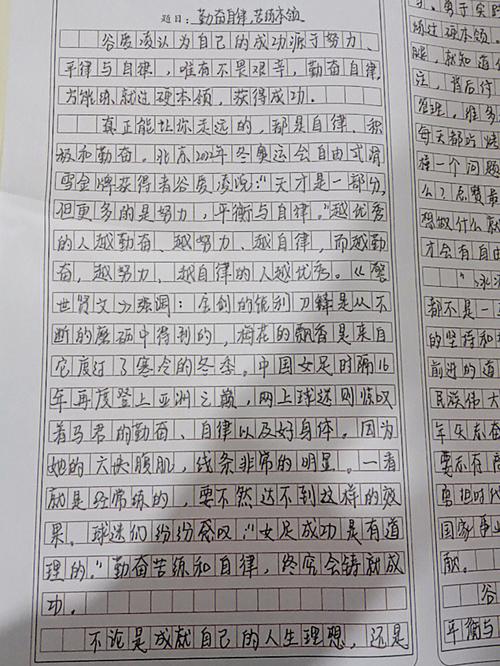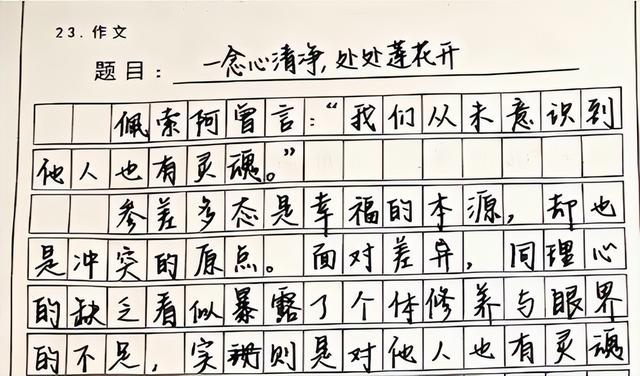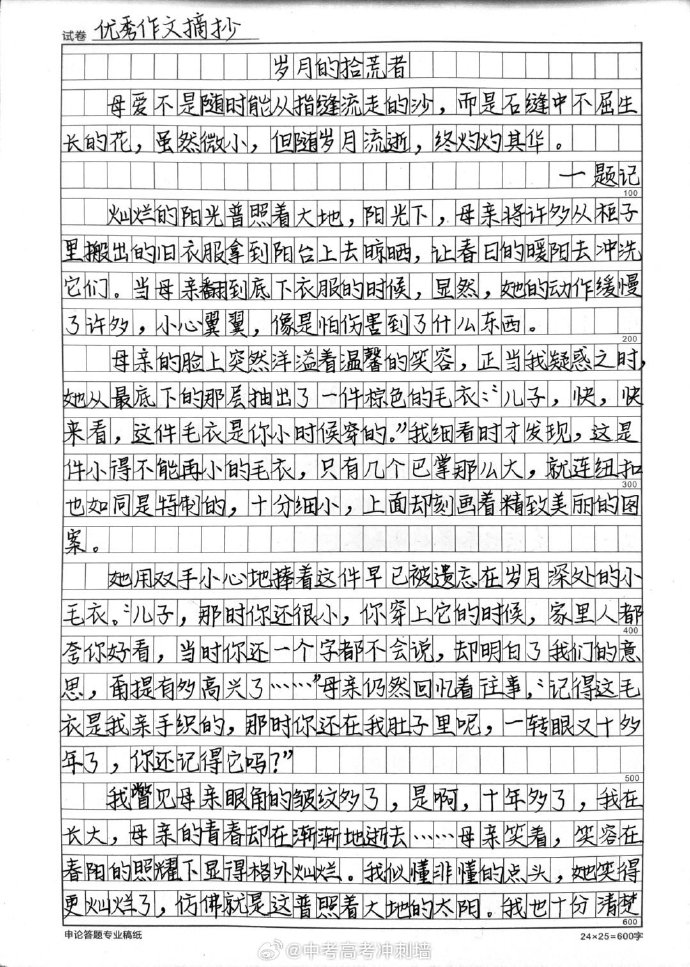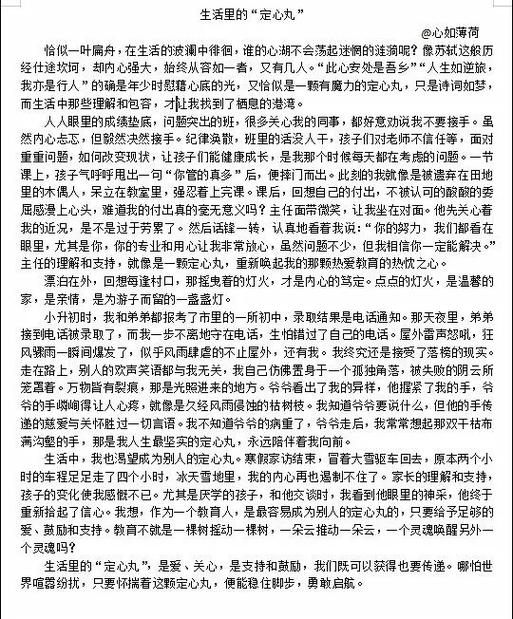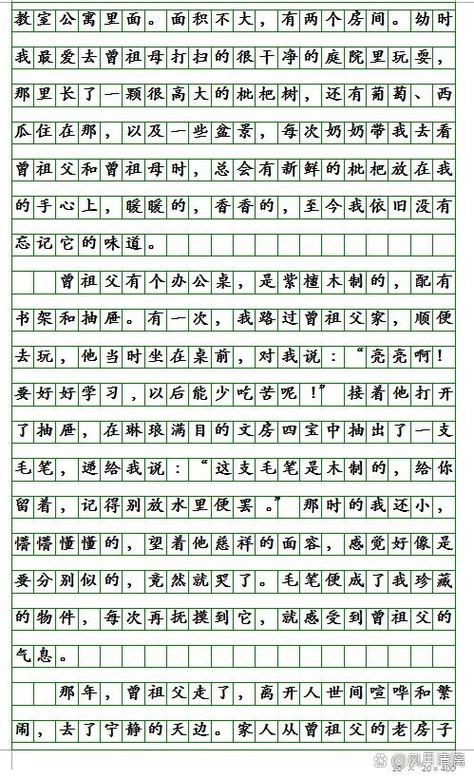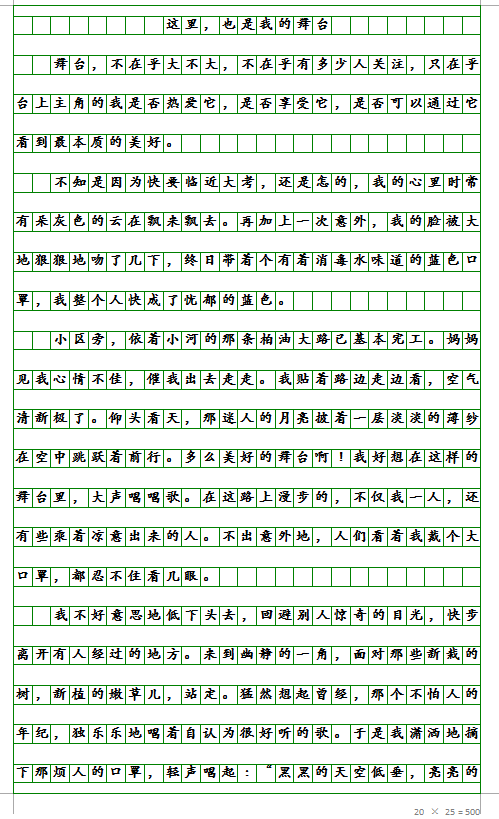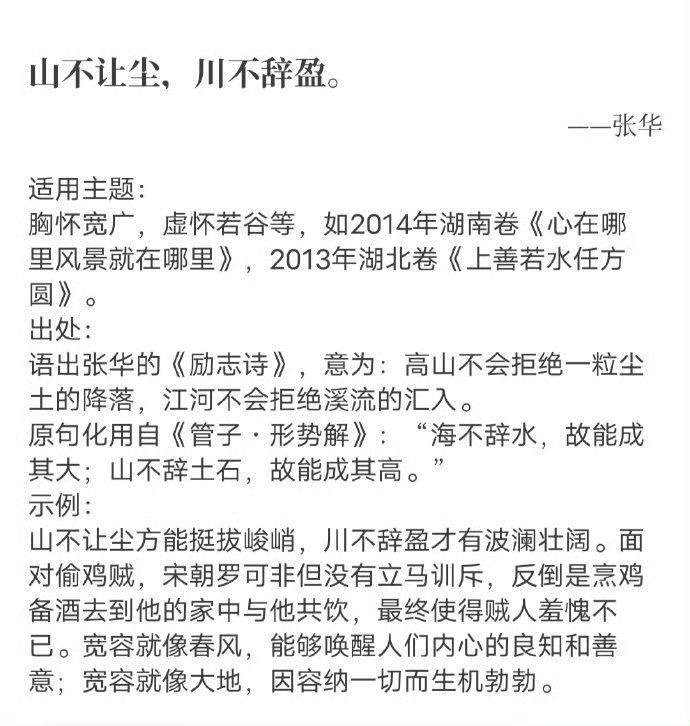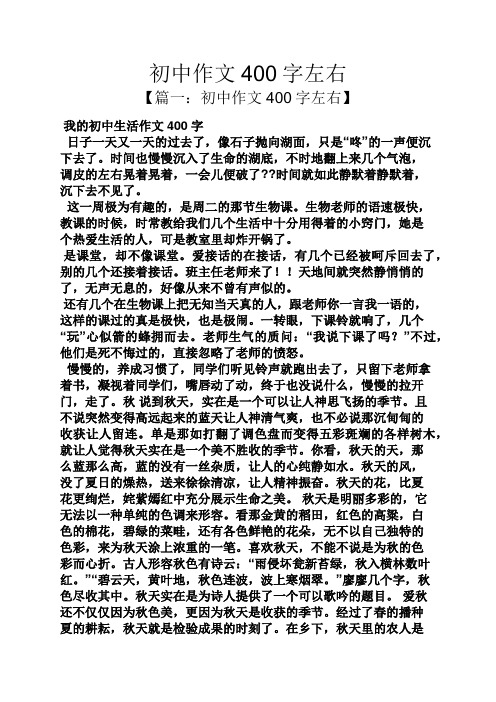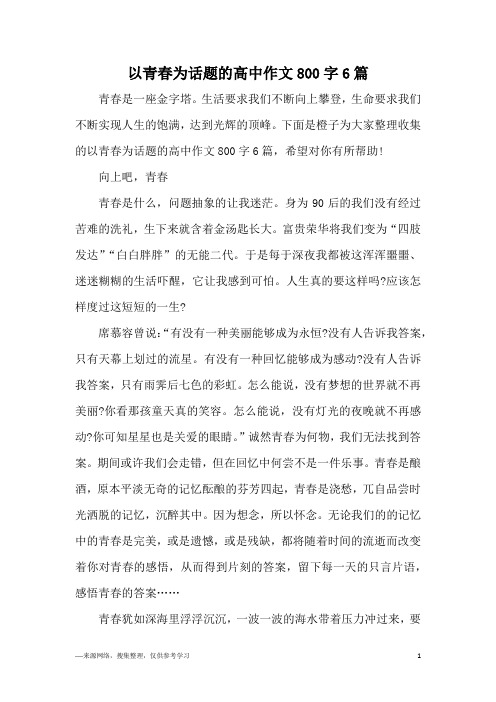signs around us英语作文("Signs around us")
推荐阅读》
In the tapestry of daily existence, signs around us serve as silent heralds, guiding our steps and shaping our experiences. These inscriptions, symbols, and signals, whether subtle or grand, play an integral role in conveying information, fostering communication, and even influencing our perceptions. As we navigate through life, these signs become more than mere markers; they become a part of our cultural landscape, reflecting societal values and technological advancements. This essay delves into the multifaceted significance of signs around us, exploring how they shape our reality and interact with our consciousness.

Signage is omnipresent, seamlessly integrated into our environments, from the roadside directions that lead us to our destinations to the warning labels on consumer products. It is through these varied forms of signage that we glean crucial information about the world around us. The strategic placement of street signs ensures smooth traffic flow and safety, while advertisements capture our attention, promoting products and services. Educational posters impart knowledge about health, safety, and environmental conservation, subtly molding public awareness and behavior. In essence, signs are instrumental in disseminating information, fostering understanding, and guiding actions across diverse spheres of life.
The evolution of signage mirrors the advances in technology and society. Early civilizations employed simple symbols and pictographs to communicate messages before the advent of written language. With time, these evolved into more complex systems of writing and numerals. The Industrial Revolution marked a turning point, giving rise to printed signs that could be mass-produced, making information more accessible. Fast forward to the digital age, and we see a proliferation of digital displays, QR codes, and interactive touchscreens, which revolutionize the way information is presented and consumed. This progression highlights not only the adaptability of signs but also their power to reflect the changing needs and innovations of society.
Moreover, signs are deeply interwoven with cultural identity and aesthetic expression. They can tell stories of historical events, celebrate local customs, or promote national pride. Public art installations and decorative signs transform spaces into vibrant narratives, inviting individuals to engage with history and culture on a personal level. In urban planning, the design of signs often reflects the character of a city or region, contributing to its visual appeal and sense of place. Through these visual cues, we gain insights into the values, traditions, and aspirations of different communities, enriching our collective human experience.
However, the ubiquity of signs also raises questions about their impact on our environment and mental well-being. Overcrowded streets adorned with excessive billboards can create visual clutter and contribute to stress among commuters. The digital era brings with it the challenge of information overload, where the constant barrage of notifications and advertisements can fragment attention spans and hinder deep thinking. Furthermore, there is concern for the sustainability of traditional signage materials, given their contribution to waste and environmental degradation. These issues prompt a reassessment of the balance between utility and impact, emphasizing the need for thoughtful design and responsible practices.

In conclusion, signs around us are more than just functional tools; they are reflections of our world, encapsulating history, culture, and technological progress. From guiding us through unfamiliar terrains to narrating the stories of bygone eras, these symbols hold immense power to inform, inspire, and connect. As we continue to innovate and expand the realm of signage, it is essential that we remain mindful of its broader implications, ensuring that it enhances rather than hinders the quality of life. By doing so, we can harness the potential of signs to build a more informed, connected, and harmonious society.
本文系作者个人观点,不代表本站立场,转载请注明出处!



